Learning how to sew your own clothes? You’ll need some basic supplies and tools in your toolbox. Here are my personal recommendations on what you’ll need to get started with sewing.
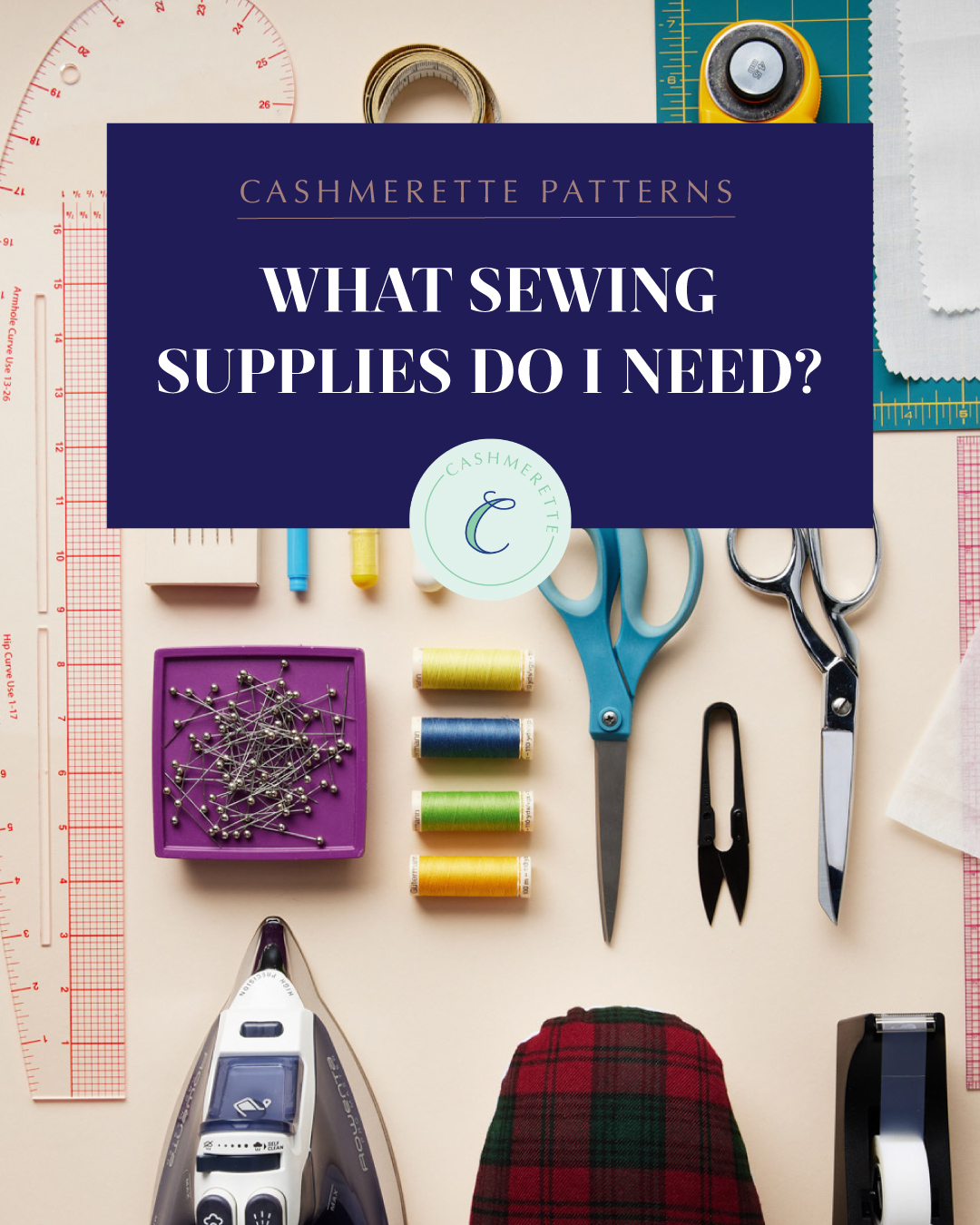
Disclaimer: this post includes affiliate links, which means we may earn a commission should you choose to make a purchase using these links.
In my new book, “Sewing the Curve,” I teach you how to sew a closet of gorgeous garments that fit and express your personal style. And of course, the first crucial step to building anything, including sewing, is having the right tools. If you’re a brand new sewist it can be a bit overwhelming figuring out whether you’ve found the right type of tool for a decent price – but don’t worry, I’ve got you covered!
Not picked up your beginner’s sewing guide yet? “Sewing the Curve” is now available!
What supplies do I need to sew my own clothes?
From must-have to nice-to-have, I’ll help you assemble your toolbox and make sure that you’re ready to dig into your first sewing project. So without further ado, here are my recommendations for sewing supplies and where to find them.
Universal Machine Needles

Universal machine needles are the basic go-to for almost all sewing of woven (non-stretch) fabrics, so have a stock on hand! It’s a good idea to replace them every few garments to make sure you’re always sewing with a sharp needle – although if your machine is skipping stitches, always try a new needle first as it’s often the culprit.
Ballpoint Machine Needles
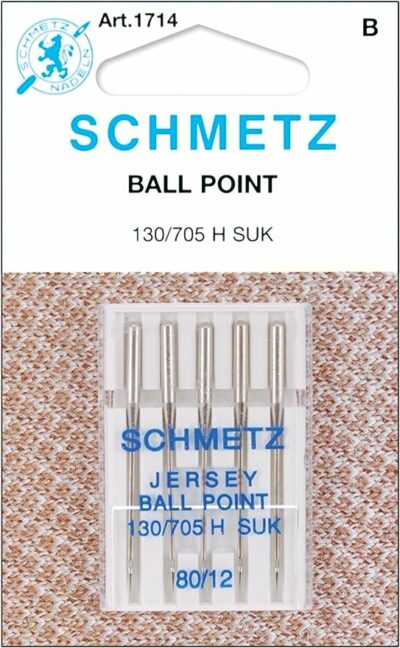
Ballpoint sewing machine needles are used for sewing stretch fabric called knits. They have a slightly blunt end which pushes the fibers apart rather than cutting through them (which can snag the fabric).
Hand Needles

Even though most garment sewing is done on a machine, you need some hand needles for tasks like sewing on buttons.
Silk Pins
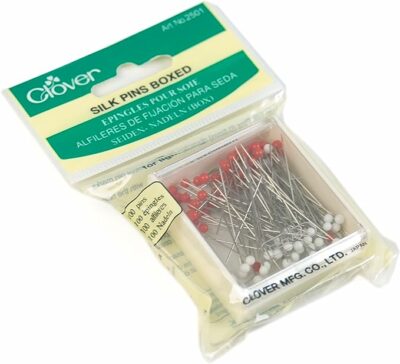
Pins are used in sewing projects to hold patterns to fabric or temporarily hold seams before stitching. Silk pins are an extra-fine pin designed for sewing with silk and other delicate fabrics but they work well for almost all fabrics (except much heavier ones like denim). I use silk pins almost exclusively on my projects!
Thread

All-purpose polyester thread is your best bet for almost all garment sewing, so stock up in a range of colors!
Fabric Scissors

Fabric scissors are extra-sharp scissors used for cutting fabrics. It’s best to keep them exclusively for cutting fabric and thread, because using them on paper or to cut open plastic packages (eek!) can blunt them very easily.
Paper Scissors

You’ll need these for cutting pattern pieces out! And to preserve your precious fabric scissors.
Scalpel

Scalpels (also known as X-acto knives) can be used to open buttonholes so they’re useful to have in your toolbox.
Buttonhole Chisel

As an alterative to a scalpel, you can buy a special buttonhole chisel.
Seam Ripper

Ask any sewist and they’ll agree: seam rippers are lifesavers! They are used to slide between stitches and gently cut thread in order to remove thread from a seam.
Chalk Liner Pen

Chalk liner pens mark temporary lines on fabric. They come in a variety of colors and it’s worth getting a few different colors so that you’ll be able to see your lines on any fabric you use. They’re typically more accurate and less messy than using an actual piece of chalk.
Disappearing Marker Pen

This type of pen also makes temporary marks on your fabric (useful for marking things like darts), but make sure to test it first to make sure it comes off your fabric.
Sewing Tape Measure

A sewing tape measure is used primarily to take body measurements when sewing. You can also use them to measure fabrics, garments, hems, and just about anything that you need to measure.
Basic Iron

A good basic iron is essential when it comes to sewing. You will use your iron to press your fabric and give it a professional finish both while you’re sewing and once you’ve completed your project.
Iron with Water Reservoir

An iron with a water reservoir provides both steam and water spray which is helpful when it comes to ironing heavy fabrics or more difficult areas like collars, pockets, sleeves, and creases. It’s not a necessary thing to have when garment sewing, but it’s a nice thing to have.
Gravity Feed Iron

A gravity feed iron is an iron that generates steam in any position (not just while laying flat) which is very helpful for effectively steaming garments. It’s an alternative to an iron with a reservoir and typically creates a stronger steam jet.
Tracing Paper
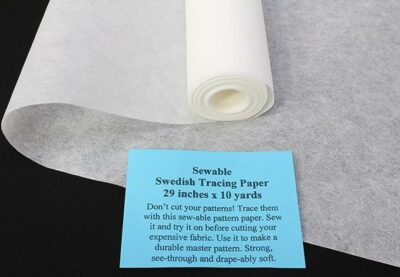
When you’re using printed patterns or making pattern adjustments, you’ll want to trace your pattern pieces first. Swedish tracing paper is typically used by sewists, but you can also use just about any thin paper that you can see through.
Sticky Tape

This type of sticky tape which can be peeled off and repositioned is really helpful when taping together PDF patterns or making pattern adjustments.
Straight Ruler

A wide quilting ruler is super useful when marking your fabric or making pattern adjustments, but a regular ruler will often do the trick as well.
Press Cloth

A press cloth protects your fabric from making contact with your iron which helps to avoid scorching, staining or inadvertently marking your fabric. You can also make one from a scrap of translucent cotton.
Rotary Cutter

Rotary cutters allow you to cut your fabric very precisely and quickly compared with scissors. But be careful—they’re sharp!
Rotary Cutting Mat

When using a rotary cutter to cut your fabric, you need to place a rotary cutting mat underneath your fabric to help protect the cutting blade as well as the surface beneath the fabric.
Thread Snips

Incredibly handy to have around, thread snips cut thread and trim loose ends. They’re handy to keep by your sewing machine as you go.
Tailor’s Ham

A tailor’s ham is a stuffed pillow in an oblong shape with a narrow end that is used to help press seams that are curved, like those that go over your bust.
French Curve

French curves are used to create smooth curves when making pattern adjustments.
Let’s Get Sewing!
Now that your toolkit is assembled, you’re ready to go!
Want to learn how to sew with me? My new book, “Sewing the Curve,” covers everything from buying a sewing machine, sewing your first stitch, making your first garment, and picking good fabric. Get your copy today!
What are your must-have supplies? Share your faves in the comments below!

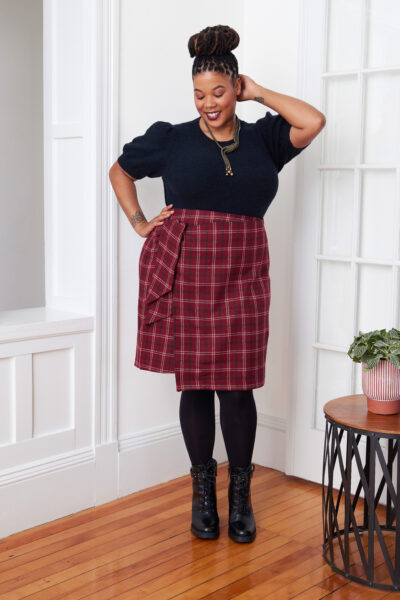
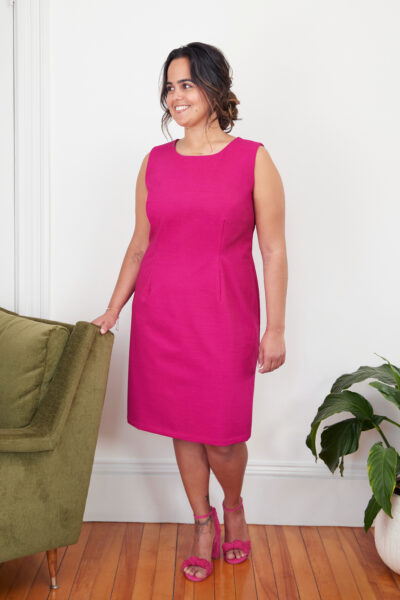

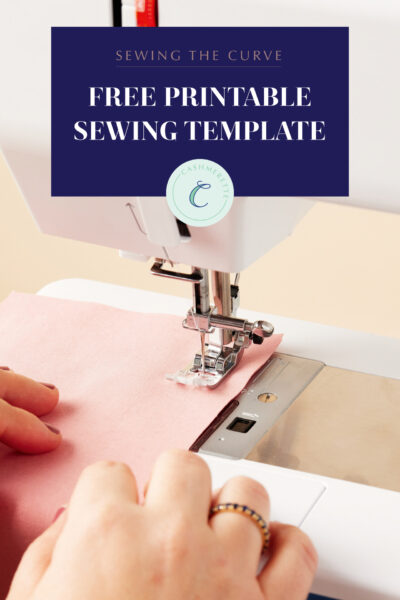
I struggle cutting a pattern piece out of knit fabric. I have taped the pattern to the fabric as well as used temporary spray adhesive. Neither are ideal as it is hard to store a sticky pattern piece and the tape is accumulative. Any tricks you have would be greatly appreciated.
Hi Paula, a rotary cutter and cutting mat is really helpful with cutting knits. You could also pin the paper pattern piece to the fabric, or outline it with chalk before cutting.
-Ayelet at Cashmerette
Pattern weights are terrific for cutting out large pieces like skirts. Also, a variety of loop turners and bodkins.
I have some smooth river rocks that I painted up and some metal washers that I use for pattern weights.
Oh that is a wonderful idea!
One thing I reach for all the time, especially when making narrow hems, is the Clover Hot Ruler.
You can measure, mark, fold, press: deep hems, long hems, miter corners. It is heat resistant, press directly on the ruler. There is a curved one also. Yes, you can make one but this works so much better than any thing I ever made.
Just a note Wawak also has a Canadian site (.ca) with excellent prices and very fast shipping, reasonable, out of Toronto and many things not available on Amazon etc.